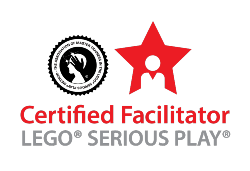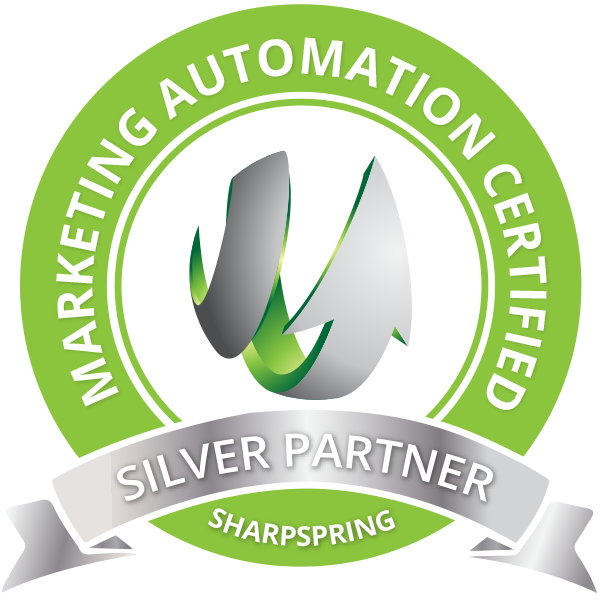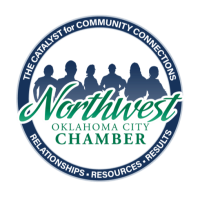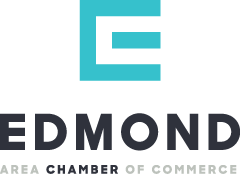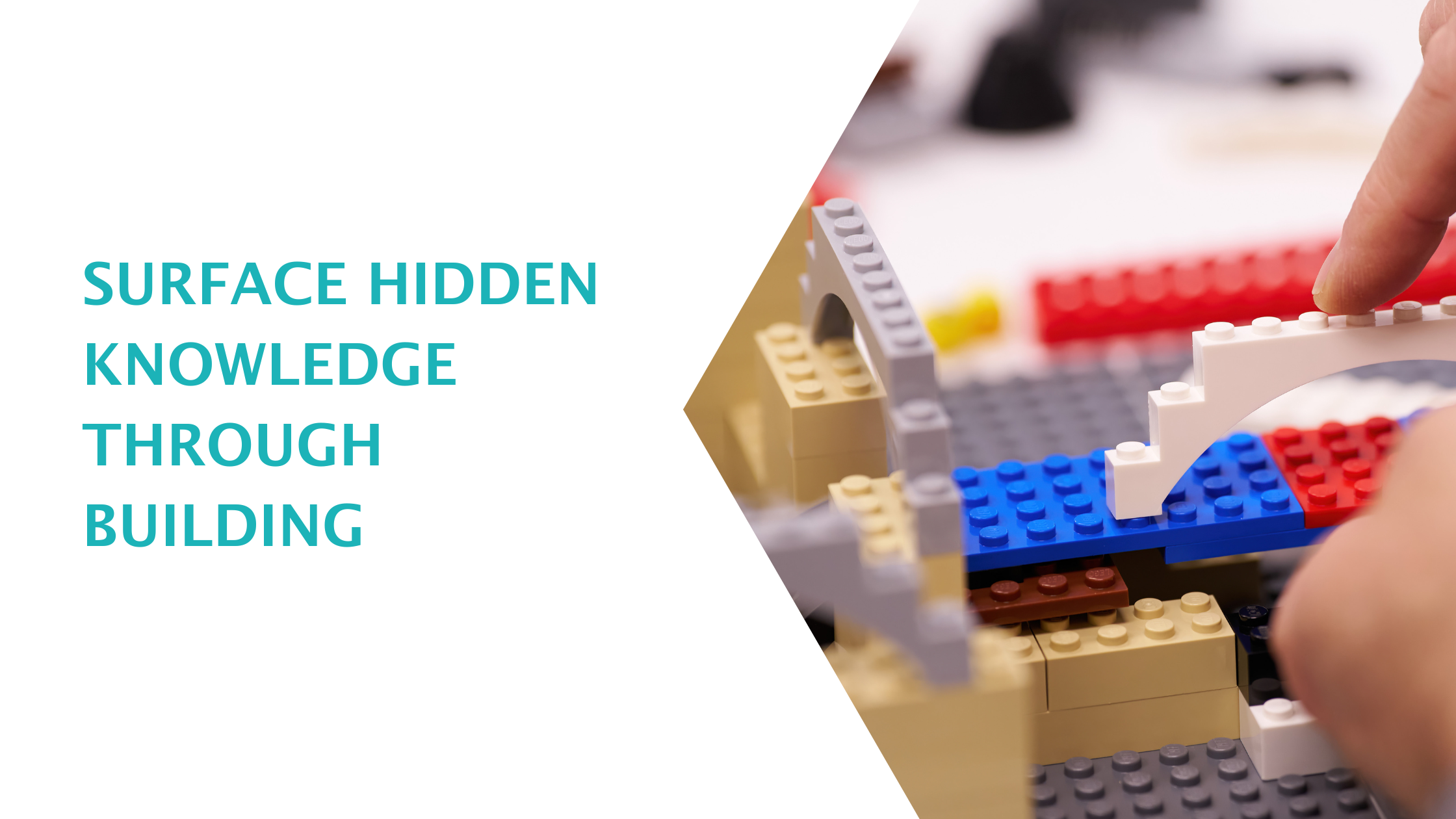
In a LEGO SERIOUS® PLAY® workshop, the facilitator asks tough questions, and participants respond by building a metaphorical LEGO® model. This LEGO® model is then used as the basis for knowledge sharing, problem-solving and decision-making. The questions facilitators ask are not easy, and the responses are not straightforward. Asking for obvious “superficial” responses would be waste of time to build and answer with LEGO® brick constructions. When hearing the question to answer through building, participants often feel that they DON”T know where to begin to answer the question. However, when they just start building, and often to their great surprise, they come up with an answer they didn’t know they had. Or they will say “I didn’t know I knew this.” The participants are often puzzled by this and so were we. WHY are we able to come up with knowledge that we didn’t know we had?
95% is Beyond our Conscious Awareness
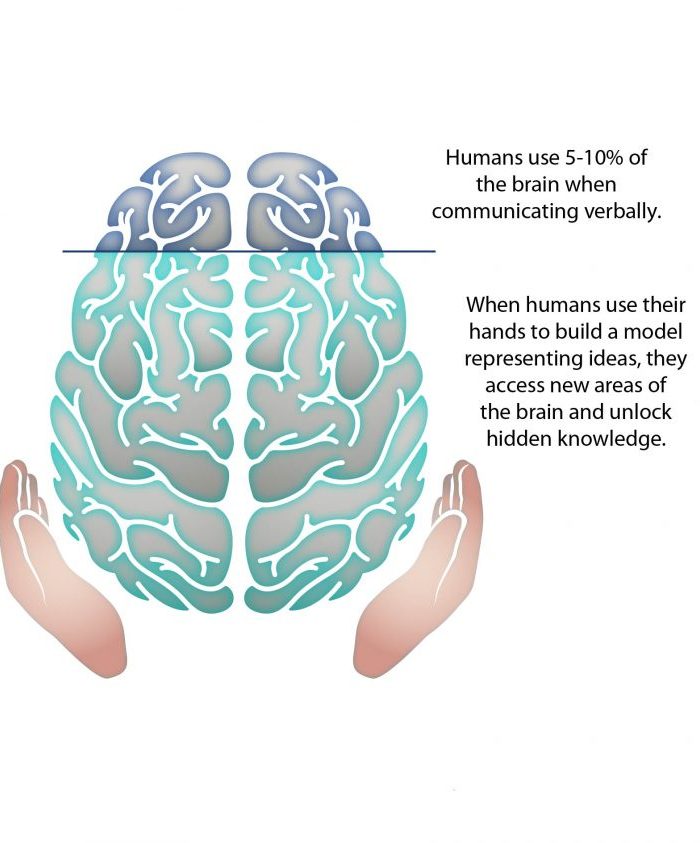
It appears that the unconscious mind stores up to 95% of our knowledge, and we are not even aware it is there until something triggers us to access this hidden knowledge. Brain researchers around the world, from the time of Sigmund Freud and before, keep discovering more and more about the power and influence of our unconscious minds. Long thought to be almost primal, governing simple stimulus response actions, delivering basic facts, recognizing objects and carrying out practiced movements, current and evolving research is demonstrating that our unconscious minds play a fundamental role in all our decisions. According to neuroscientists, we are conscious of only about 5% of our cognitive activity so most of our decisions, actions, emotions and behavior depend on the 95% of brain activity beyond our conscious awareness. Our unconscious minds stores information accumulated over a lifetime and can access this information more quickly than our conscious mind can reason. The speed of the unconscious often gives us an instinctive feeling about which answer is right long before we can provide any tangible reasons supporting the decision.
Accessing Knowledge Stored in our Subconsious
Using our hands to respond to seemingly unanswerable questions appears to be an effective way to access knowledge buried deep within our unconscious. Professor Seymour Papert coined this process CONSTRUCTIONISM i.e.. “when you build in the world it helps you build in the mind”. He also described the power of the hands with this quote: “What you learn in the process of MAKING something that is truly yours, tend to sink much deeper into the subsoil of your mind than what anyone can tell you.”
For more information the LSP services we offere, visit Strategy with LEGO® SERIOUS PLAY® – Uptimize Marketing
This blog has been reposted from the August 2025 addition of The Gazette with permission from Robert Rasmussen with Rasmussen Consulting. To learn more about Robert, his company, or upcoming training, visit his site: Facilitator Training Calendar — Rasmussen Consulting

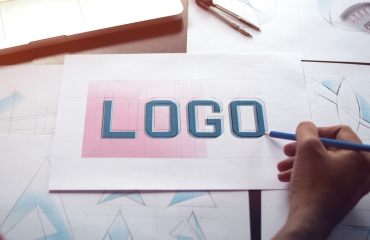


 for it? Let us Uptimize your business!
for it? Let us Uptimize your business!